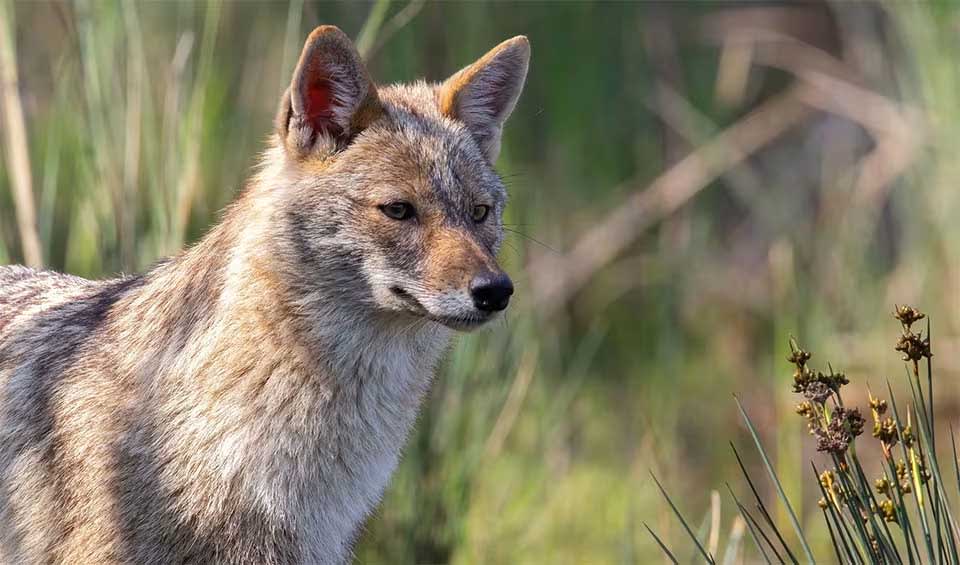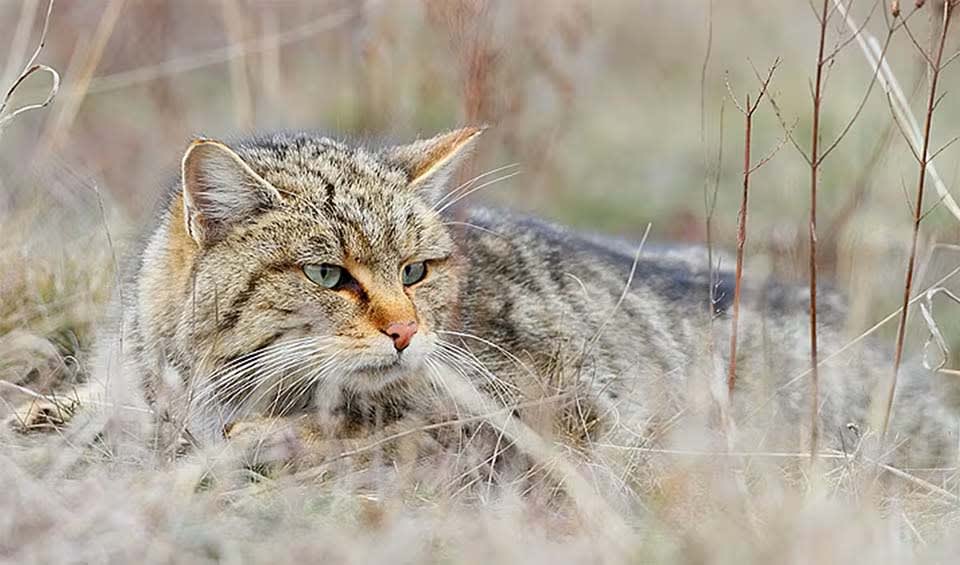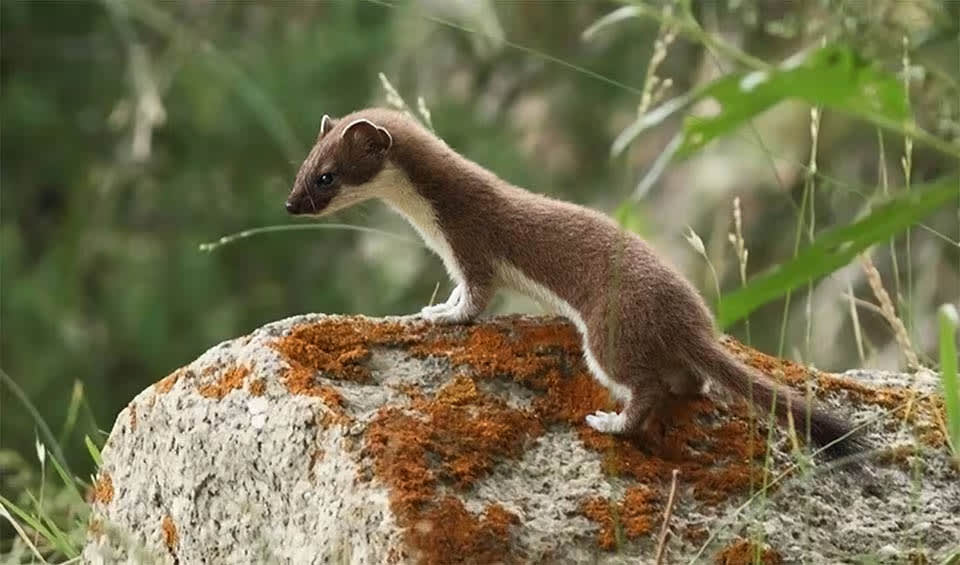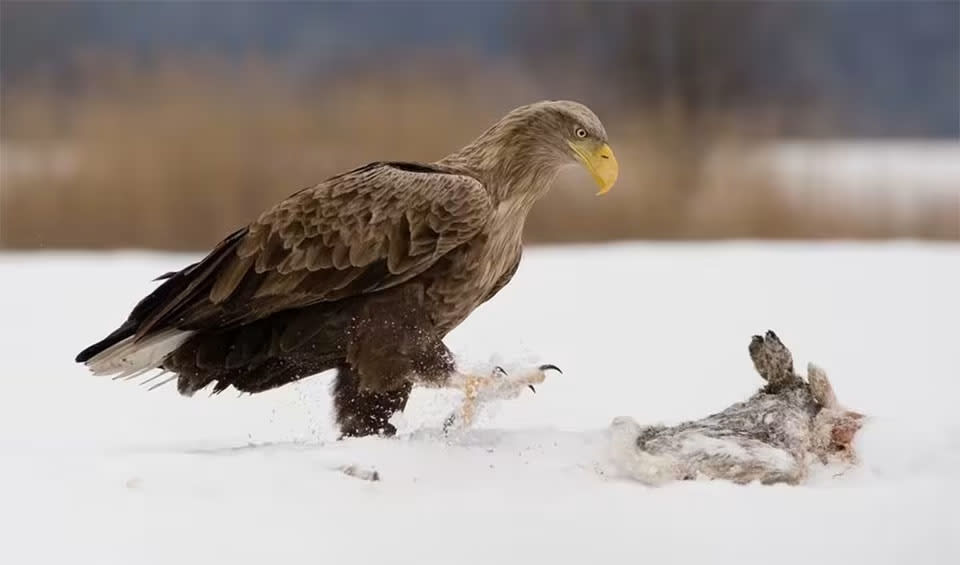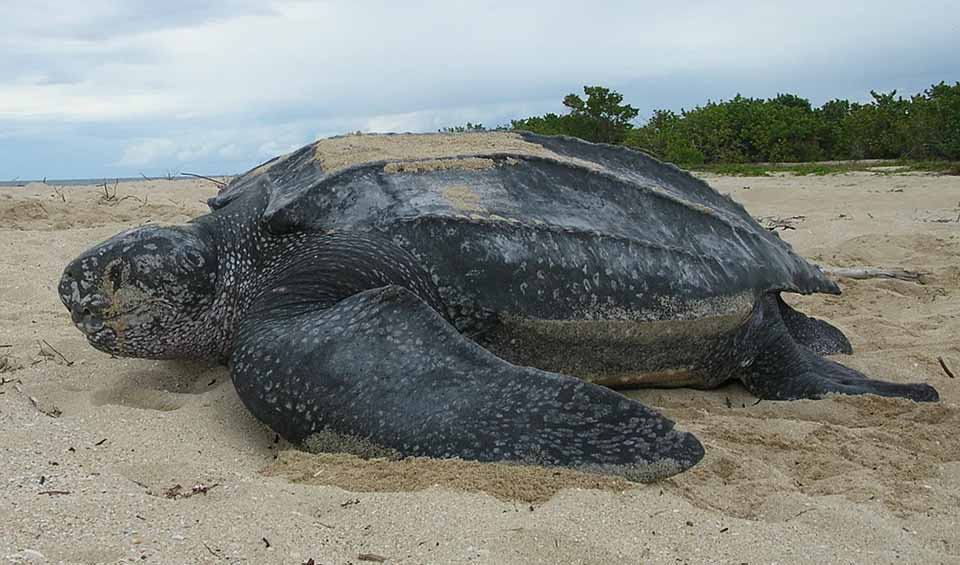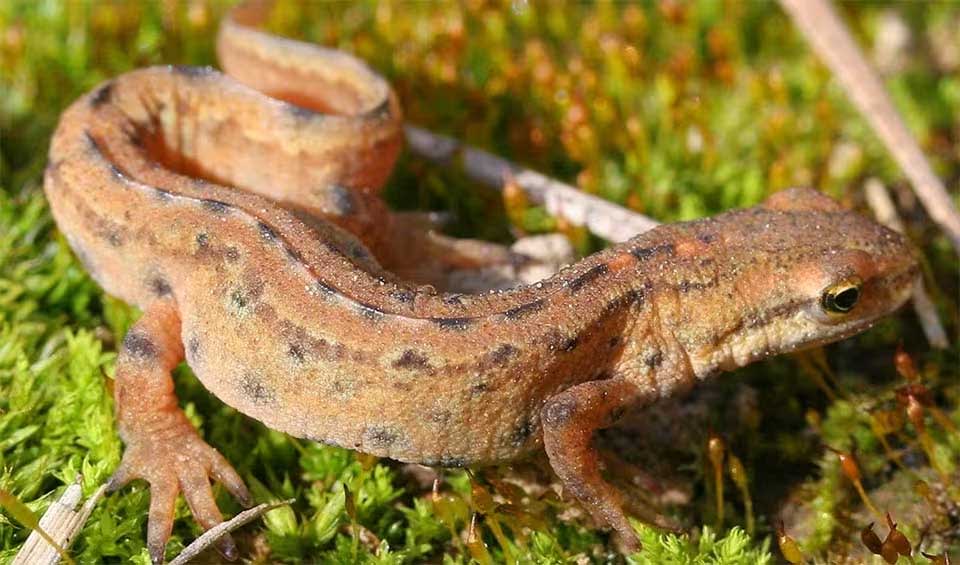Thanks to its varied ecological and climatic conditions, Slovenia is recognized as a biodiversity hotspot. Although it occupies less than 0.004% of the Earth’s surface, it harbors around 1% of all known biodiversity, including more than 2% of all terrestrial species. Located at the crossroads of four biogeographical regions, each with its own distinct ecological characteristics, Slovenia benefits from an exceptionally diverse range of ecosystems. This unique positioning contributes to the country’s rich variety of flora and fauna.
Slovenia’s commitment to environmental preservation is also reflected in its impressive score of 96% against 41 criteria evaluating aspects such as air quality, water and waste management, wildlife conservation, and green business practices, earning it the title of one of the greenest countries.
Four pillars elaborated:
Slovenia is renowned for its extensive network of protected areas, which include national parks, regional parks, natural parks, and other designated areas. These protected zones, covering over 41% of the country’s land, play a crucial role in preserving Slovenia’s rich biodiversity and scenic landscapes. Landscape parks are the most prevalent form of large protected areas in Slovenia, with 44 parks making up 5.7% of the national territory. These parks not only provide spaces for recreation and nature enjoyment but also advocate for sustainable land management practices. Land Management
Land Management
Slovenia’s dedication to conservation is also evident in its active participation in international efforts. The country has designated 355 sites as part of the Natura 2000 network, a European Union initiative aimed at protecting valuable habitats and species. Moreover, Slovenia is home to a World Heritage Site, two Man and Biosphere (MAB) areas, and three marine protected areas, further highlighting its commitment to environmental preservation.
The main threats to biodiversity in Slovenia are caused by human activities, leading to habitat fragmentation and ecosystem degradation. Urban expansion and unsustainable use of various ecosystems, including wetlands, inland waters, coastal and marine areas, subterranean environments, and cultivated landscapes, are significant pressures. Additionally, invasive species, new diseases, and climate change are increasingly affecting Slovenia’s natural habitats and biodiversity. Threats to Biodiversity
Threats to Biodiversity
Recent reports highlight that inland waters and agricultural ecosystems are the most at risk. Habitat loss due to human activities is the primary reason for the declining status of many species, particularly fish, reptiles, and some arthropods. Despite these challenges, the conservation status of over 40% of vascular plants and more than 30% of mammals remains favorable.
Slovenia has implemented a series of measures to conserve biodiversity, focusing on the sustainable use of resources as outlined in the Aichi Biodiversity Targets. Initiatives include agri-environmental measures in the Rural Development Plan to promote farming practices that protect human health, use natural resources sustainably, and preserve the distinct characteristics of Slovenian landscapes. Efforts are also being made to manage invasive alien species and protect threatened species, with strict regulations prohibiting commercial activities involving protected species. Capacity and Governance
Capacity and Governance
Additionally, nearly 50% of Slovenia’s land is under various protection regimes, with significant areas designated as national parks, nature reserves, and protected marine areas. The country is actively enhancing its strategies for land use, environmental impact assessments, and protection of specific habitats and species, including initiatives for cave protection and management of inland water fish species. Financial incentives support these conservation efforts, such as subsidies for organic farming and programs aimed at maintaining biodiversity at Natura 2000 sites.
Slovenia is actively working on developing a Biodiversity Strategy and Action Plan, which will set forth the nation’s priorities and actions for conserving and sustainably using its biodiversity. As of November 2023, Slovenia does not yet have an official national biodiversity strategy or action plan in place. However, progress is being made towards this goal, and the strategy is anticipated to be completed in the near future. Future Trends
Future Trends
Biodiversity
Slovenia’s forests, which cover more than half of the country’s land area, are among the most extensive in Europe. These forests predominantly comprise beech, fir, and spruce trees, providing habitats for numerous species. The Dinaric Alps in the southwest are particularly important for forest biodiversity, hosting species such as the Eurasian lynx, wolf, and various bird species like the Ural owl and white-backed woodpecker. The diverse undergrowth includes ferns, mosses, and a variety of flowering plants.The river systems, including the Sava, Drava, and Soča rivers, are crucial for both biodiversity and human activities. These rivers and their floodplains support a variety of aquatic species, including fish such as the marble trout and the Danube salmon. The wetlands and riparian zones along these rivers are important habitats for amphibians, reptiles, and numerous bird species, including the kingfisher and the common sandpiper.
In the table below are the number of known species in several main groups, how many of these species are Threatened with extinction, and how many of them are Endemic (unique to Slovenia only):
| Species (World rank) |
Threatened | % Threatened | Endemic | % Endemic | |
|---|---|---|---|---|---|
| Mammals | 90 (#126) | 6 | 6.7% | ||
| Birds | 287 (#134) | 11 | 3.8% | ||
| Reptiles | 24 (#154) | 2 | 8.3% | ||
| Amphibians | 19 (#105) | 2 | 10.5% | ||
| Fishes | 398 (#137) | 58 | 14.6% | 1 | 0.3% |
| Plants | 2,963 (#121) | 7 | 0.2% | 3 | 0.1% |
mammals
Golden jackal
Exceptional hunters, but they can feed solely on grass and survive in the absence of prey
European wildcat
The ancestors of domestic cats are widespread in Europe, western Asia, and Africa
Stoat
A small, fierce predator known for its agility, hunting skills, and color-changing fur
birds
White-tailed eagle
Extinct and reintroduced – What’s the story behind these so-called ‘flying barn doors’?
Osprey
One of only six land-birds with a cosmopolitan distribution habituating all continents except Antarctica
Common blackbird
Arguably among the most beautiful songbirds in the world — they enjoy singing after a rain shower
reptiles
European adder
A venomous snake native to Britain and found all across Europe
Leatherback sea turtle
The mysterious diver of the ocean is the largest and only sea turtle without a hard shell and scales
Mediterranean house gecko
Resilient creature that can thrive in human-dominated environments
amphibians
Common frog
It is one of the most widespread and familiar amphibians in Europe
Smooth newt
They have the ability to regenerate lost limbs and other body parts, a superpower in the animal kingdom!
Yellow-bellied toad
Has the ability to survive in varying water salinity levels, which is unusual for freshwater amphibians
National Animals
Horse
Have a strong fight-or-flight response, will usually flee when threatened but will defend themselves when fleeing is impossible, or the young are threatened
Olm
Also known as the “human fish” by locals due to its flesh-colored skin
Ural owl
Known to be fiercely protective of their nesting sites and will aggressively defend their territory from intruders, including humans
